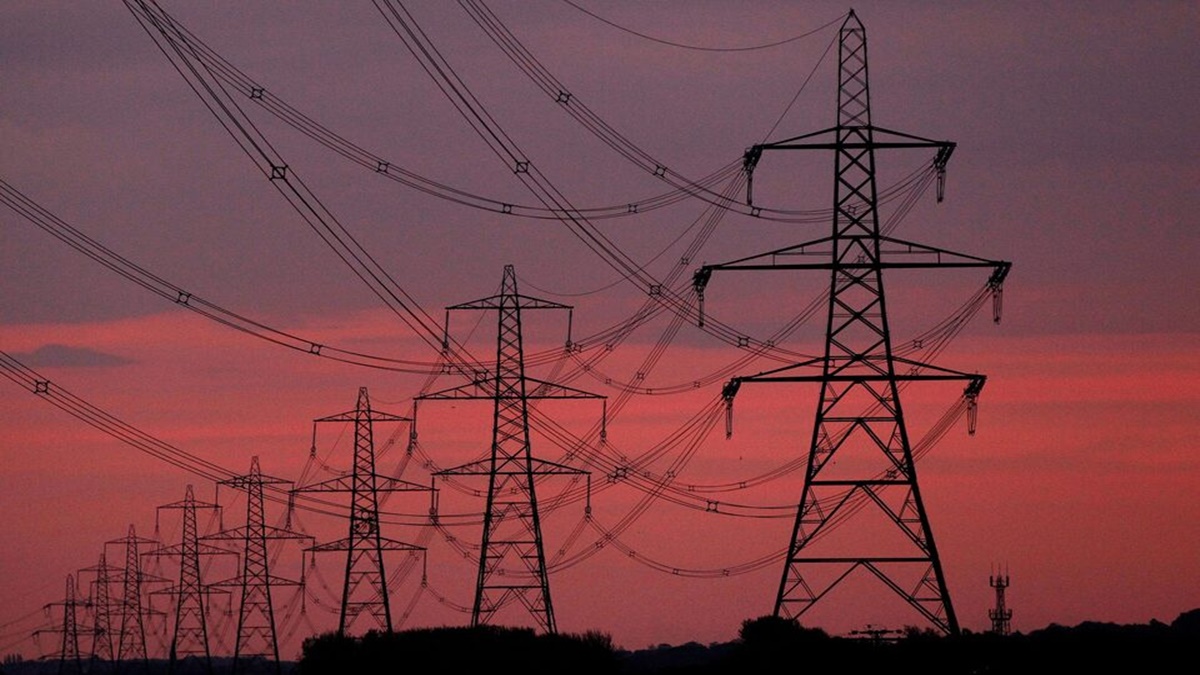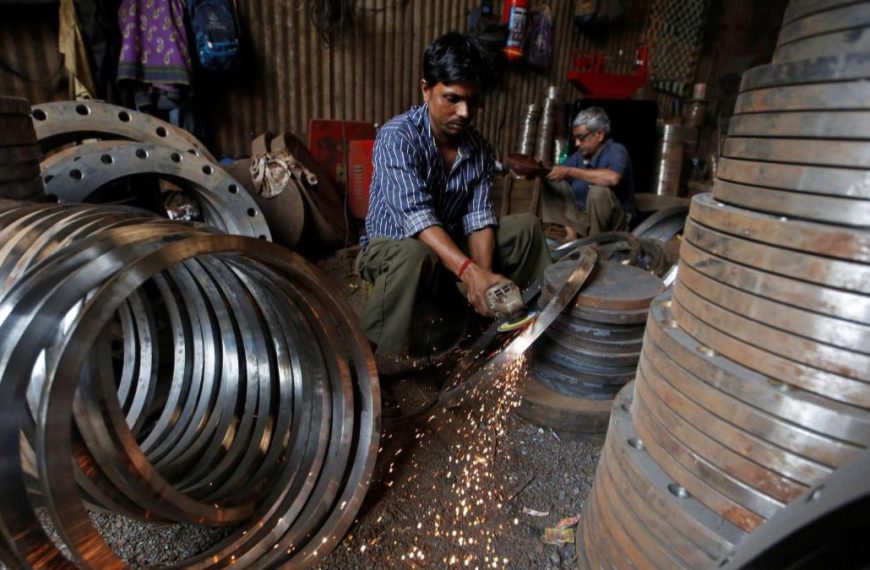India’s Power Demand Set to Surge: Key Insights for FY26
India’s electricity landscape is undergoing a significant transformation, with the all-India peak power demand projected to reach 277 GW in FY26. While the country successfully added 33 GW of power generation capacity in FY25, elevating the total installed capacity to 475 GW, the majority of this increase stems from renewable energy sources, which are inherently variable and influenced by daily cycles.
Electricity Consumption Trends in India
The Indian power sector has experienced rapid growth, driven by robust economic development and increasing electricity consumption. From 2005 to 2022, per capita electricity usage surged from 631 units to 1,255 units, solidifying India’s position as the third-largest electricity market globally. In FY25, electricity consumption soared to 1,694 billion units, reflecting a 33% increase from FY21 and a five-year CAGR of 7.4%. In stark contrast, global power consumption only grew by 0.9% during the same period (2020-2024), as per estimates from the International Energy Agency (IEA).
- Peak Demand Milestone: India recorded its highest peak demand of 250 GW in May 2024. The acceleration in peak demand is noteworthy; it took six years to grow from 150 GW in FY16 to 200 GW in FY22, but only three years to reach 250 GW.
According to the 20th Electric Power Survey (EPS) by the Central Electricity Authority (CEA), peak demand could reach 334 GW by FY30, with electrical energy requirements projected to hit 2,279 billion units.
Factors Driving Electricity Demand
The rising demand for electricity is primarily fueled by rapid economic growth and escalating temperatures during the summer months. India has faced a significant rise in temperatures over the past decade, with 2024 marking the warmest year recorded since 1901. The IEA attributes approximately 60 GW of the peak demand in 2024 to air-conditioning usage, a figure expected to grow to one-third of the peak demand by 2030.
Additional drivers of electricity consumption include:
- Increased focus on manufacturing
- Growth in commercial real estate, particularly with global capability centers
- Higher adoption of residential appliances
- Emergence of new technologies such as data centers, electric vehicles, and green hydrogen production
Summer Preparedness and Capacity Expansion
In light of the anticipated rise in demand, the CEA’s mid-term review of the 20th Electric Power Survey indicates an expected peak demand of 277 GW for FY26, a rise of 27 GW from the previous year. The additional 33 GW of power generation capacity added in FY25 predominantly comes from renewable sources, which present unique challenges due to their variable output.
To address potential spikes in summer demand, the CEA has directed Imported Coal-Based (ICB) power plants to operate at full capacity. These measures, effective from May 2022 to June 2024, aim to ensure a reliable power supply. Changes to the Electricity (Late Payment Surcharge and Related Matters) Rules 2022 have encouraged power generators to maximize their output and offer surplus energy to the market.
Future Energy Landscape and Price Trends
Looking ahead, the CEA’s Optimal Generation Mix 2030 report suggests India will require 777 GW of installed power generation capacity by 2030, with 64% sourced from non-fossil fuel energy. To accommodate the increasing demand for renewable energy and to phase out aging coal plants, an additional 80 GW of thermal capacity is planned by 2032. In FY24, coal production reached 774 million tonnes, with further increases anticipated in FY25.
As demand fluctuates, power distribution companies often turn to electricity markets to fill gaps in supply. During peak summer months, the Market Clearing Prices (MCP) have seen a marked increase. For instance, while the average MCP ranged from Rs 3.89 to Rs 4.29 per unit between August and December 2024, it surged past Rs 5.00 during the summer months of April to July, occasionally exceeding Rs 6.50.
In conclusion, as India navigates its evolving power landscape, understanding these trends and preparing for future demands will be crucial for both policymakers and industry stakeholders.
For more insights on India’s energy sector, visit Deloitte India.











